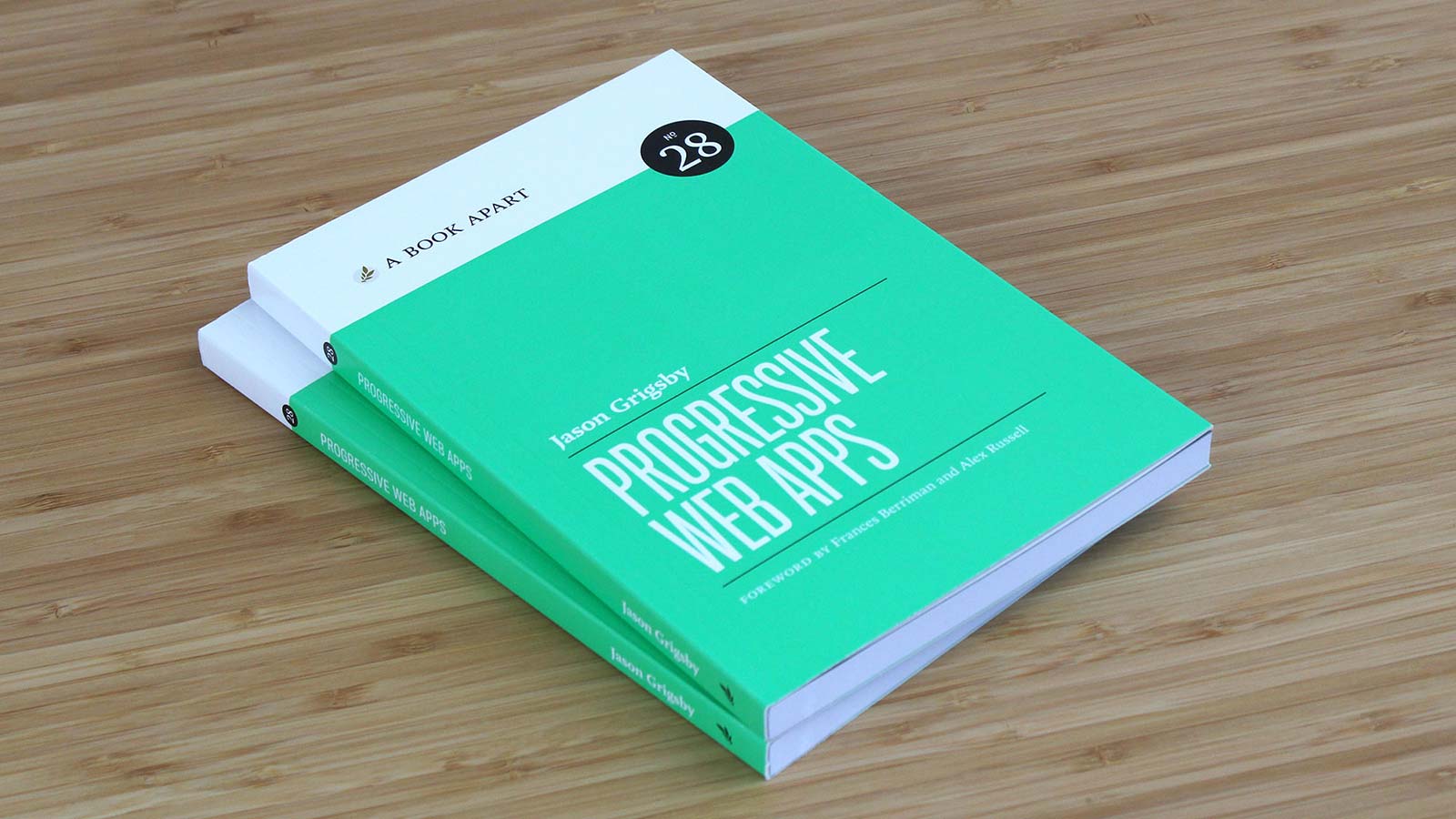Currently Reading: Progressive Web Apps by Jason Grisby
Publikováno: 3.5.2019
I’ve been reading Jason Grigsby’s new book on progressive web apps this past week and it’s exciting. Jason explains what PWAs are and how they work while while doing a bang-up job covering the business case for using them them, too. But perhaps you might be thinking that a PWA isn’t necessary for the project you’re working on right now. Well, Jason argues that progressive web apps are for everybody:
Should your website be a progressive web app? The
The post Currently Reading: Progressive Web Apps by Jason Grisby appeared first on CSS-Tricks.
I’ve been reading Jason Grigsby’s new book on progressive web apps this past week and it’s exciting. Jason explains what PWAs are and how they work while while doing a bang-up job covering the business case for using them them, too. But perhaps you might be thinking that a PWA isn’t necessary for the project you’re working on right now. Well, Jason argues that progressive web apps are for everybody:
Should your website be a progressive web app? The answer is almost certainly yes. Even if you don’t think of your website as an “app,” the core features of progressive web apps can benefit any website. Who wouldn’t profit from a fast, secure, and reliable website?
One of the challenges I’ve experienced when thinking about how to apply a progressive web app to a project I’m working on is figuring out what content to cache. Should the homepage be cached? Do we make a custom offline page? What is useful information to provide a user in that context?
Jason goes there, too, and even describes how he tackles that for his own projects:
For cloudfour.com, we chose to only cache recently viewed pages because the main reason people come to our site is to read the articles. If we tried to anticipate which articles someone would want offline access to, we’d likely guess incorrectly. If we precached top-level pages, we might force people on a metered network connection to download content they would never look at...
That makes a ton of sense to me and I realize that the offline cache should probably be different depending on the situation and the website. For example, maybe a design agency website could replace the big flashy homepage with an offline page that only shows the phone number of the agency instead. Or perhaps a restaurant website could cache the food menu and make that experience offline, but remove all the images to make sure it’s not too impactful for folks on those metered networks.

Anyway, I think that Jason’s book is wonderful as it reveals to us all this complexity and a whole new set of opportunities to improve the design and experience of our websites, which, by the way, is something we should strive for in this new and exciting age of web app development.
The post Currently Reading: Progressive Web Apps by Jason Grisby appeared first on CSS-Tricks.